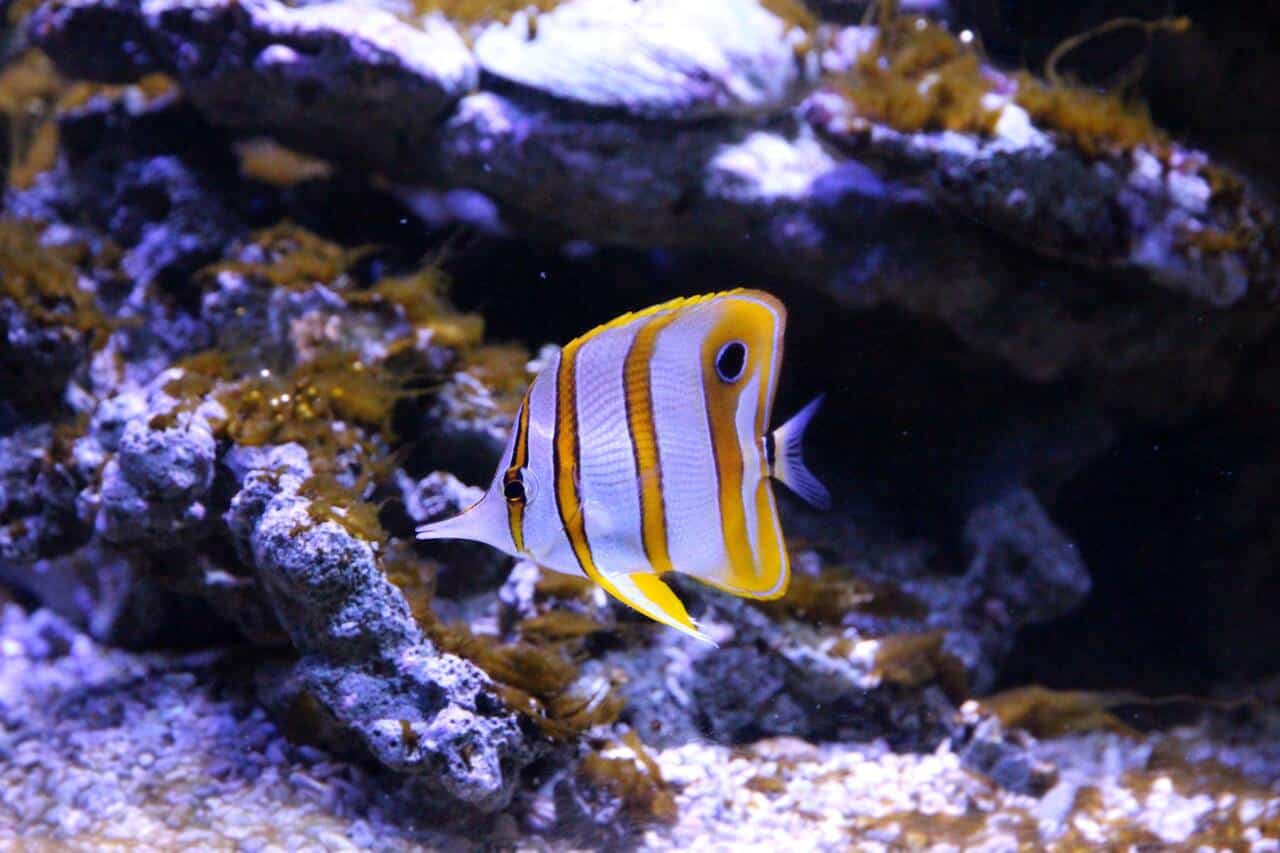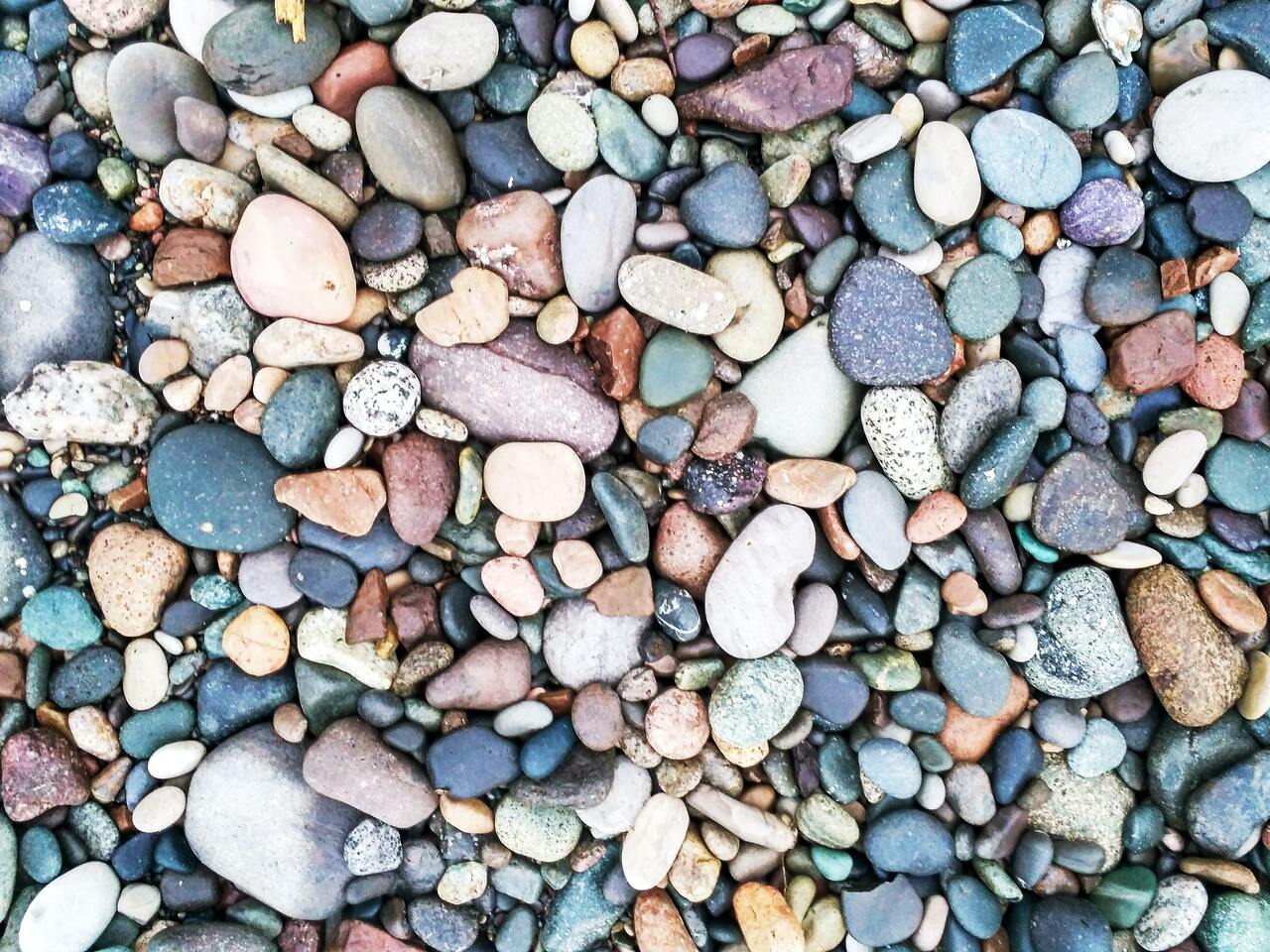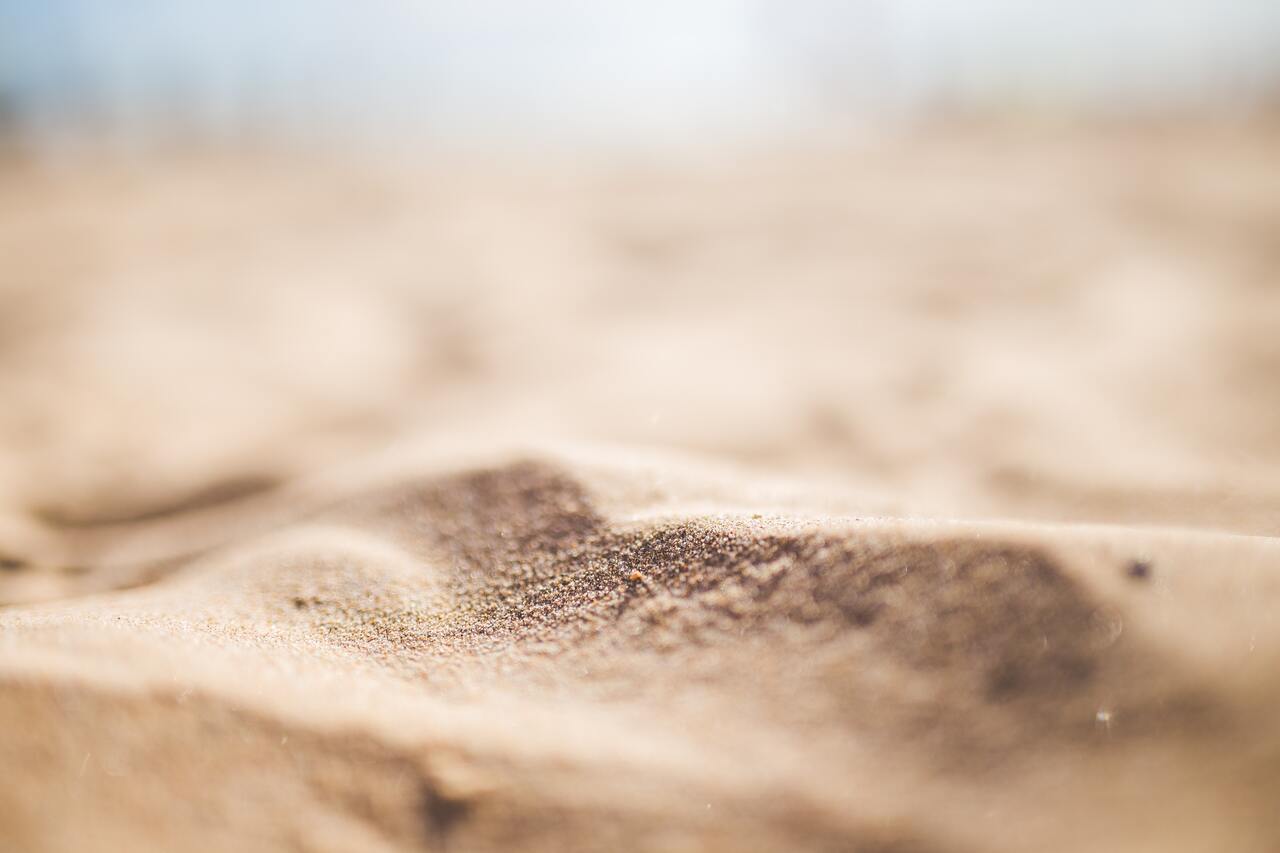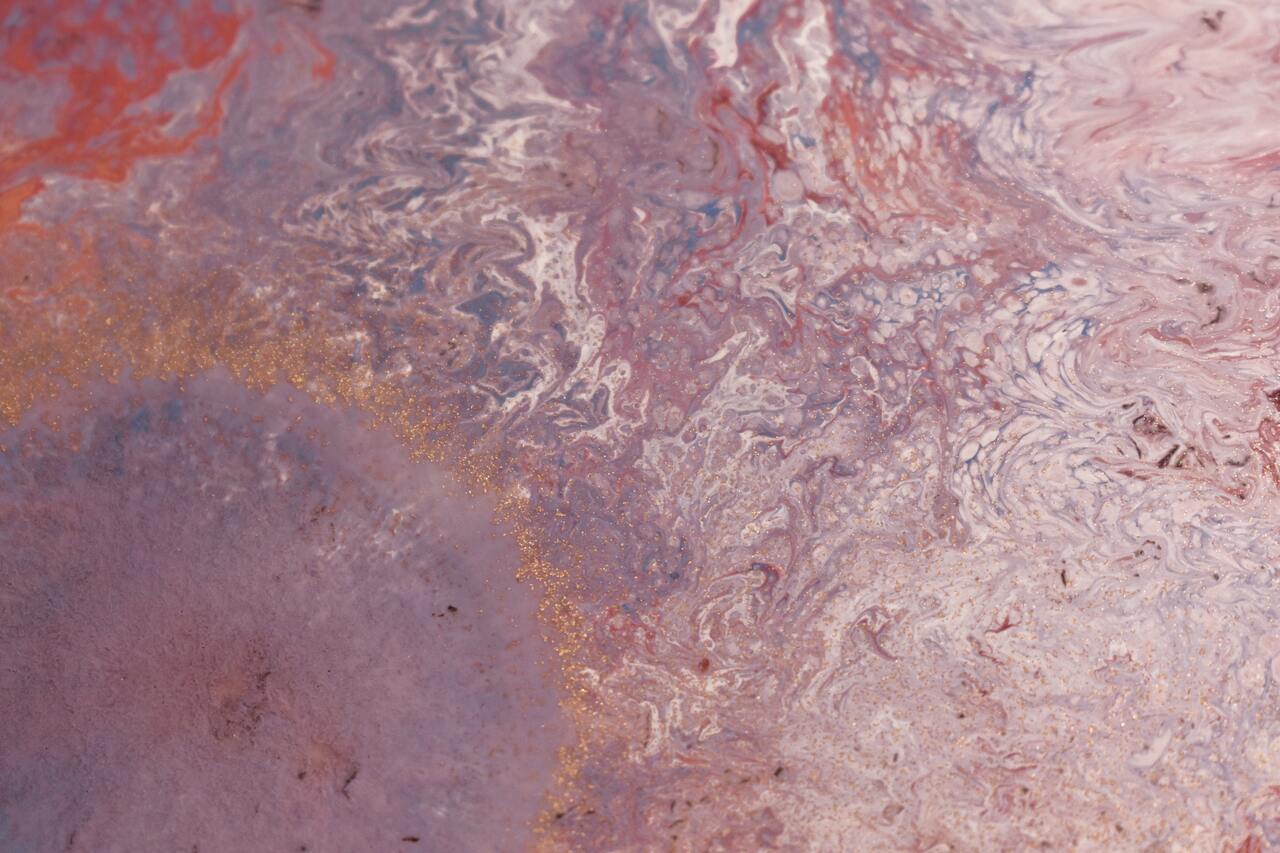What Are The Different Types Of Aquarium Substrate In The Philippines?

What are the different types of aquarium substrate in the Philippines?
- Gravel
- Sand
- Crushed Coral
- Marble
- Soil
Decorating and planning an aquascape is both fun and confusing. There are many things you should research first, which would take a lot of time. You have to choose from the many species of fishes, plants, and even think about what type of filter, water pH, food, and substrate you can buy. To help you decide, we listed down the types of aquarium substrate in the Philippines. Read on!
Gravel

Gravel are stones that are smaller than pebbles. This is the type of substrate that is commonly used nowadays in aquariums. There are many colors you can choose from, like neutrals to neon colors. Sizes will also vary from grainy ones to small stones which look similar to pebbles.
The benefit of choosing gravel for your aquarium is its size. Because these are smaller than pebbles, the space between each piece is also tighter. This means that fish excrement and food debris will less likely to penetrate the substrate.
Gravel is stable enough to hold your aquatic plants in place. However, it may not be the best substrate to use especially if you have aquatic creatures with bigger mouths that like to peck. This may cause the fish to accidentally choke on the gravel.
Sand

The advantage of using sand as your substrate is that most fish are accustomed to it. After all, sand can be seen underneath seas. Because it doesn’t have any space for traces of food to get stuck in, bottom feeders will benefit greatly from this.
There are species of fish that like to dig sand. One example is geophagous, which will take sand in its mouth and spit it out repeatedly. This is why they are considered worker fishes that like to clean. If you have bigger species in your tank, it is possible that this substrate could be easily messed up.
Sand is available in different textures, from coarse to fine. You can also choose from a wide variety of colors to decorate your tank.
As a reminder, you should gently stir the sand from time to time to prevent it from compacting, which can also release toxins that can harm fishes. If you have heavy root feeders and fragile plants, sand may not be the best substrate for you. Instead, you can opt for Amazon Sword, Hornwort, And Cabomba. Just remember to fertilize them because sand has no nutrition.
Crushed Coral

Crushed coral, which may also be called coral sand, is a live substrate. It has bacteria and microorganisms in it that can be beneficial for your fish tank.
The advantage of using this substrate is its ability to increase the water’s pH level. Therefore, if you have fish that can only survive in this environment, coral sand is for you. It is appropriate to be used in a saltwater aquarium.
Depending on the size of the grains, you may need to clean them regularly to remove any traces of waste that may easily bury in the bottom. But there are also reef cleaner creatures that can help you with this problem.
Marble

Some people use marble as a substrate to decorate an aquascape. There are two types: whole marbles and chippings. The latter is chosen by enthusiasts who prefer a cheaper alternative to crushed coral.
The advantage of using marble in your fish tank is that you can use it on its own. Unlike gravel where you have to place filters underneath, you can use hanging filters instead. The disadvantage is the wide gaps between each piece. This can trap unwanted waste such as food debris and fish droppings. If you will use this as your substrate, you have to clean your tank regularly.
You can choose from many marble designs and colors. The most common is spherical, but there are also other shapes available. You can opt for solid colors or pick ones that are a mixture of different styles.
Soil

If you’re planning to put a lot of aquatic plants in your aquascape, it’s recommended that you use a nutritive soil substrate. Pre-packed versions are already fertilized with nutrients to help your plants grow. It will also not make your water muddy, unlike normal soil.
After some time, a fertilized soil will lose its nutrients. You should either change it or supplement it with root tabs to continue caring for your plants.
You may be asking, can normal potting soil be used in an aquatic environment? The answer depends. Some experts recommend using it as long as you remove any impurities from it. It is not recommended if you’re looking for an easy way to use a nutritional substrate. After all, you have to put a lot of effort into cleaning and sterilizing it.
Key Takeaway
The different types of aquarium substrate in the Philippines are gravel, sand, crushed coral, marble, and soil. Sometimes you can pick only one type, or mix different varieties for the best results.
Before you can choose one, you have to take note of what types of plants and fishes you intend to put in your tank. This will also determine other aspects such as water quality, filter type, and nutrients you can choose.
If you have fishes which like to dig and burrow, sand may be your best bet. But if you have sensitive fish that may choke easily, it is better for you to stay away from sand and gravel. If you intend a lot of rooted plants, a soil substrate is the best choice.
If you’re interested in buying substrates, you can check out our store for soil, sand, and stone choices. Have fun building an aquascape!
Share on

